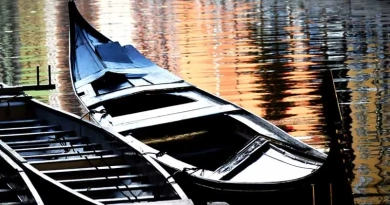
How Do I Prevent Blisters While Hiking?
There’s something profoundly personal about hiking. Each step on the trail is a dialogue between the hiker and the earth. But nothing disrupts this dialogue quite like the sharp sting of a blister forming beneath a boot. I’ve faced this all-too-common question more times than I can count: “How do I prevent blisters while hiking?”
Understanding the Friction
The quest to keep blisters at bay starts with understanding the root cause: friction. Every hiker knows that where there’s friction, there’s the potential for blisters. This unwanted guest often arrives when feet, moisture, and movement combine under less-than-ideal conditions inside our boots.
The challenge is multifaceted. Firstly, everyone’s feet are different—some sweat more, some have calluses, and others might have a unique stride or foot shape that predisposes them to blisters. Then there’s the variety of trail conditions and climates we might encounter. Navigating through these variables to find a blister-prevention strategy can feel as daunting as crossing a mountain range.
Navigating Through Prevention Strategies
Over years of hiking and many miles under my belt, I’ve experimented with a range of strategies to ward off blisters. Here’s what I’ve learned works best, distilled into practical steps.
1. The Right Fit: It all begins with the right pair of boots. This can’t be overstated: poorly fitting boots are often the culprits behind blisters. Boots should be snug enough to prevent excessive movement but not so tight as to constrict. Always shop for hiking boots later in the day when feet are naturally swollen to ensure a fit that mimics how your feet will expand during a hike.
2. Break Them In: Even the best boots need to be broken in. Start by wearing your new boots around the house, then on short walks, gradually increasing the distance. This process helps mold the boots to your feet and reduces the chances of blisters on longer treks.
3. Sock It Right: Double-layer socks or specialized hiking socks can be a game-changer. They reduce friction by wicking moisture away from the skin. The inner layer stays with the foot, while the outer layer moves with the boot, thereby reducing the friction directly on the skin.
4. Keep Dry: Moisture is a hiker’s foe when it comes to blisters. Applying foot powders or cornstarch before a hike can keep feet drier longer. Additionally, changing socks during long hikes, especially in humid or wet conditions, helps immensely.
5. Taping and Padding: For known hot spots, preventative taping can be effective. Products like moleskin or even medical tape can shield sensitive areas from rubbing. Ensure any tape is applied smoothly to avoid wrinkles that could cause more irritation.
Essential Resources and Tools
To effectively implement these strategies, a few tools and resources are essential:
- Quality Hiking Boots: Invest in well-reviewed brands known for durability and comfort.
- Specialized Hiking Socks: Look for materials that offer good moisture management.
- Moleskin or Specialized Tape: Keep these in your hiking pack for quick access on the trail.
- Foot Powders: These are crucial for maintaining dry feet.
For further guidance, websites like REI provide comprehensive tutorials on choosing gear and footwear. Additionally, forums such as HikingProject and apps like AllTrails offer community advice and reviews on gear that can prevent blisters.
Concluding the Journey
As I lace up my boots, now well-worn and molded to the shape of my own feet, I am reminded of the trails I’ve walked and the blisters I’ve avoided. The right strategy for preventing blisters while hiking isn’t just about comfort; it’s about ensuring that each step on the trail is one you take in stride, fully immersed in the natural beauty around you without the lurking worry of discomfort.
Preventing blisters is as much about preparation as it is about adaptation. As you hike more, you’ll learn more about what your feet need. And with each hike, you become a little more attuned to the rhythms of your steps and the whispers of the trail. This, after all, is the essence of hiking — not merely a physical journey but a personal dialogue with the paths we choose to explore.






